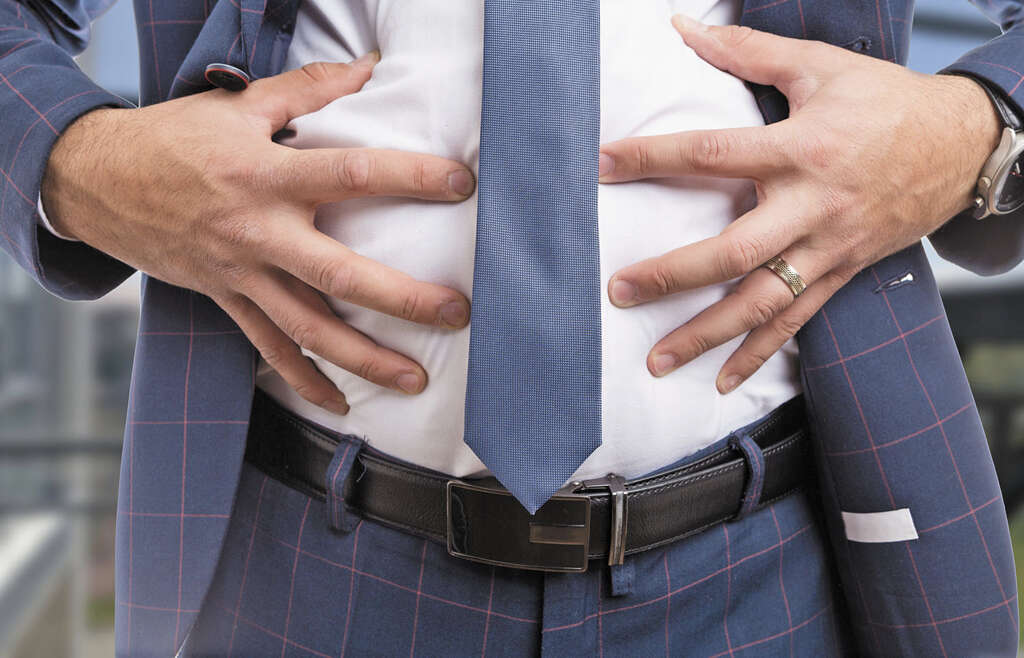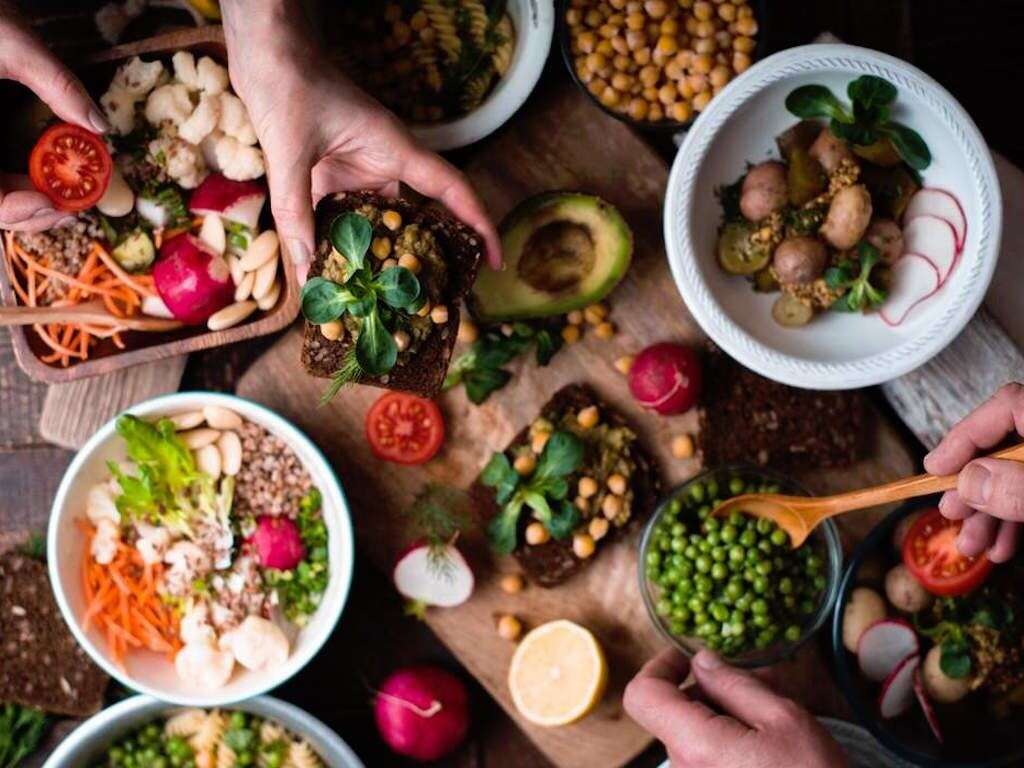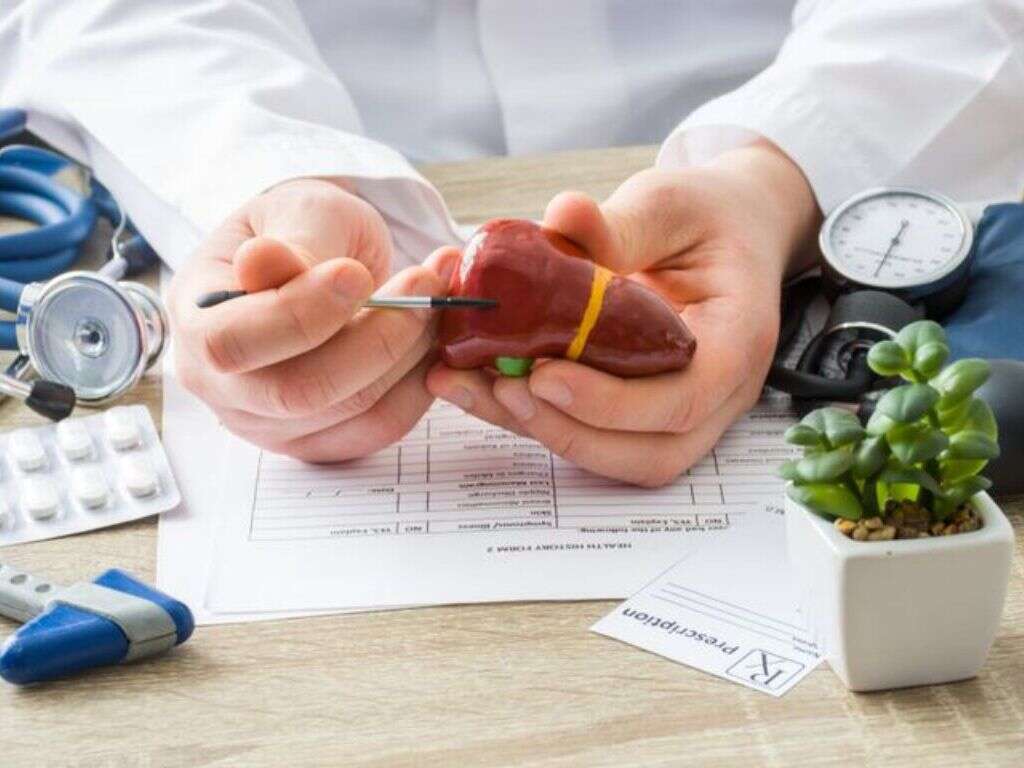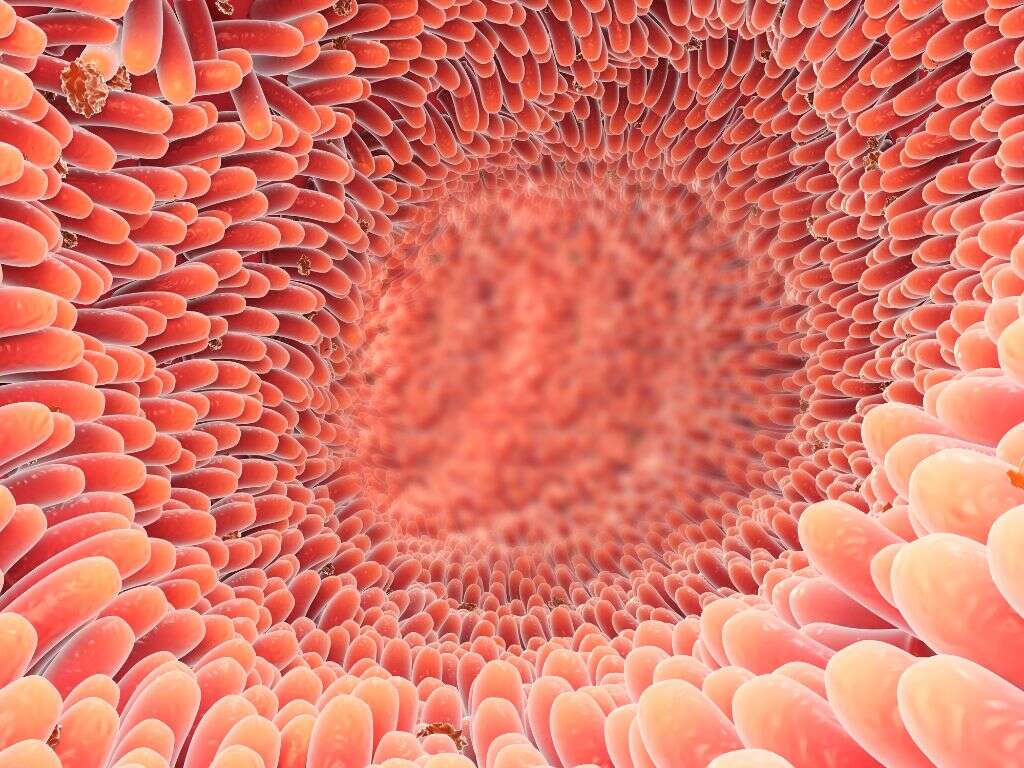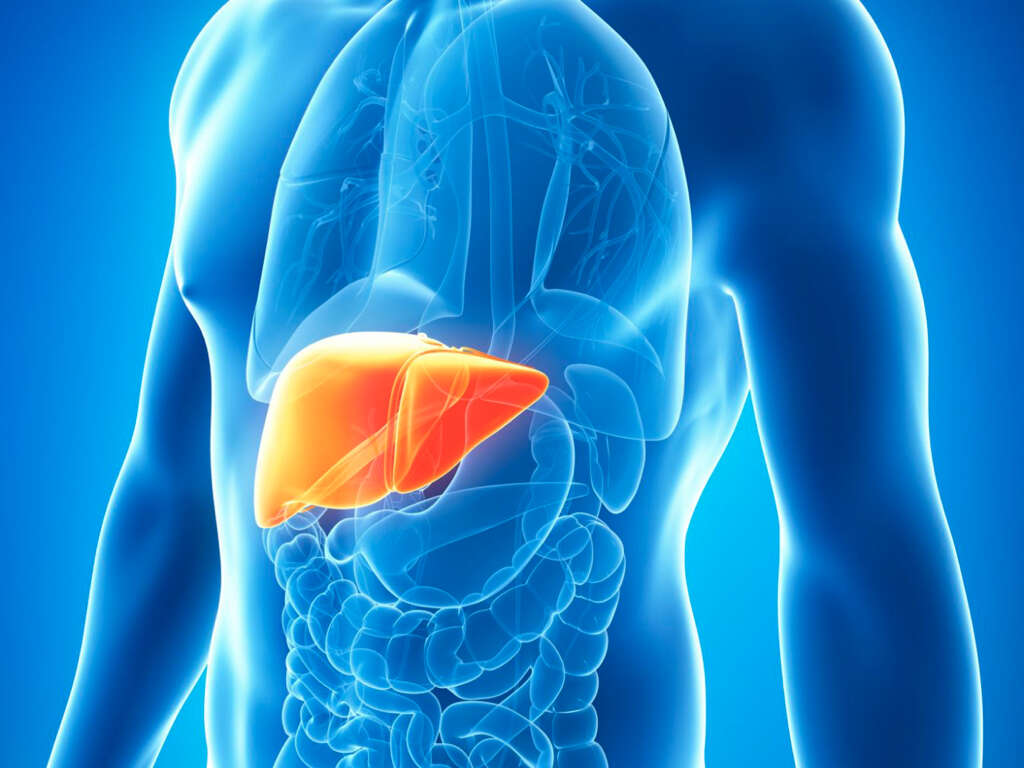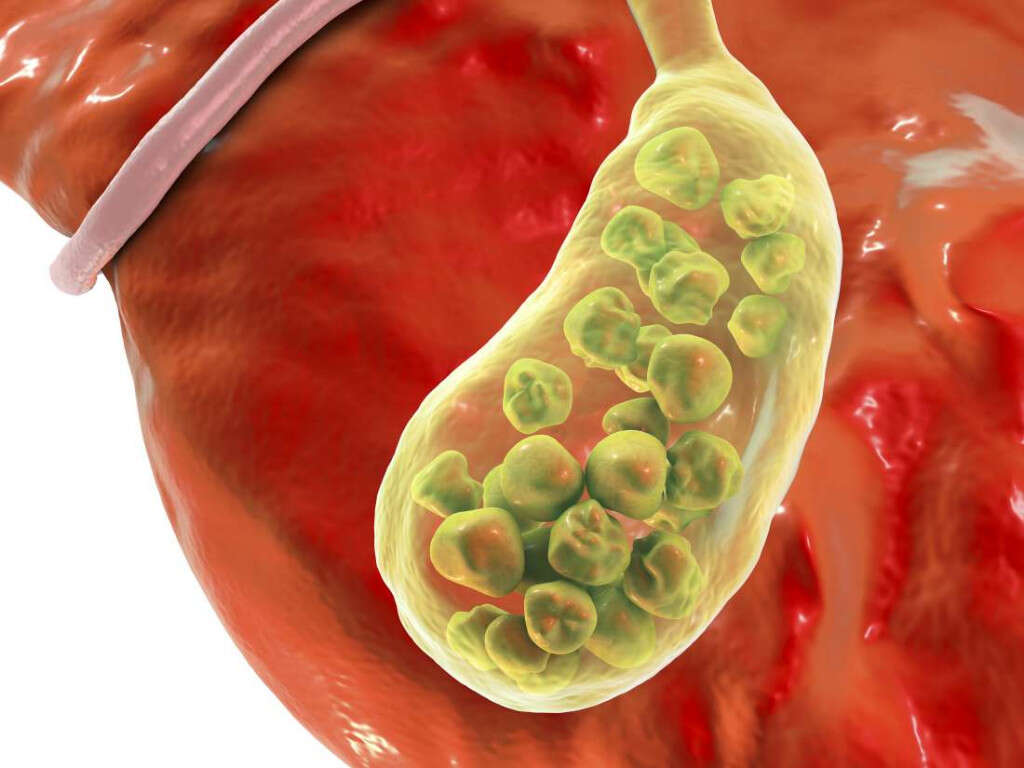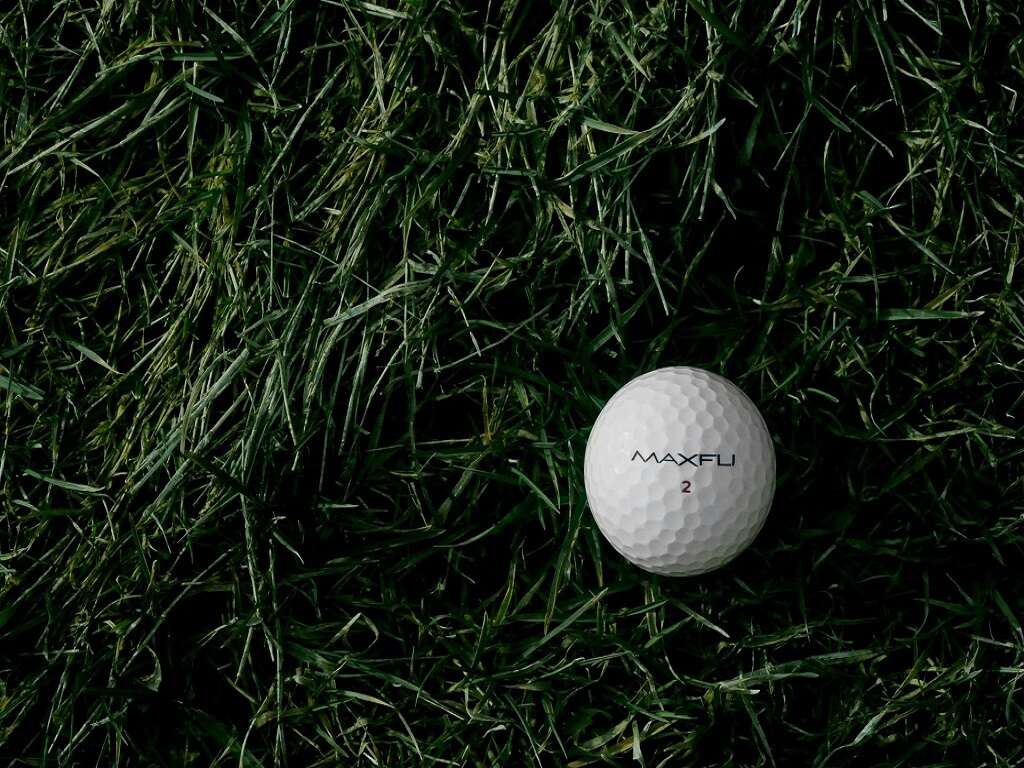10 Gallbladder Infection Symptoms
The gallbladder is a small organ that is located just beneath the liver. It secretes bile into the digestive system, a substance that helps us to break down food, particularly fats. Inflammation of the gallbladder, also called cholecystitis, happens most commonly because of an obstruction of the cystic duct. This duct connects the top of the gallbladder’s neck to the rest of the biliary tract that ends in the small intestine. An obstruction in this location can be caused by gallstones from the gallbladder (cholelithiasis), leading to distention of the organ and compromise of its vascular and lymphatic drainage. This process can lead to inadequate blood supply (ischemia) to the tissue and cellular death (necrosis) that will stimulate nociceptive fibers to cause pain. As the inflammation comes in contact with the peritoneum the pain can become sharper and localized. Complications include secondary infection of the accumulated bile, perforation of the gallbladder and gangrene (death of the tissue).
Cholecystitis can also be caused by conditions associated to biliary stasis (slowing of normal bile flow) like infections, diabetes, prolonged fasting, major trauma, sickle cell disease or critical illnesses. This is referred to as acalculous cholecystitis. Risk factors for developing acute cholecystitis (gallstone- related) include obesity, drugs (hormonal therapy in women), pregnancy, female sex, increasing age, and certain ethnic groups. Gallstones are twice as frequent in females than in males. This could explain why incidence of calculous cholecystitis is higher in the female sex. Furthermore, pregnancy may slow normal bile flow due to elevated progesterone levels.
In cholecystitis, the patient’s history and initial clinical findings in physical examination are important for diagnosis. However, ultrasonography or scintigraphy are also useful, being the preferred imaging tests for diagnosis. A complete blood count laboratory test may also be useful to observe elevations in leukocyte count. Bilirubin and alkaline phosphatase levels can reveal common bile duct obstruction, and amylase/ lipase assays can be used to assess for pancreatitis. Patients with criteria for uncomplicated acute cholecystitis can be treated as outpatients. Initially treatment involves, intravenous hydration and antibiotics, analgesics, and bowel rest. However, surgical removal of the gallbladder by laparoscopy is the primary mode of treatment. Early surgical intervention results in shorter total hospital stays. Here are some clinical symptoms that may be present if you are have cholecystitis.
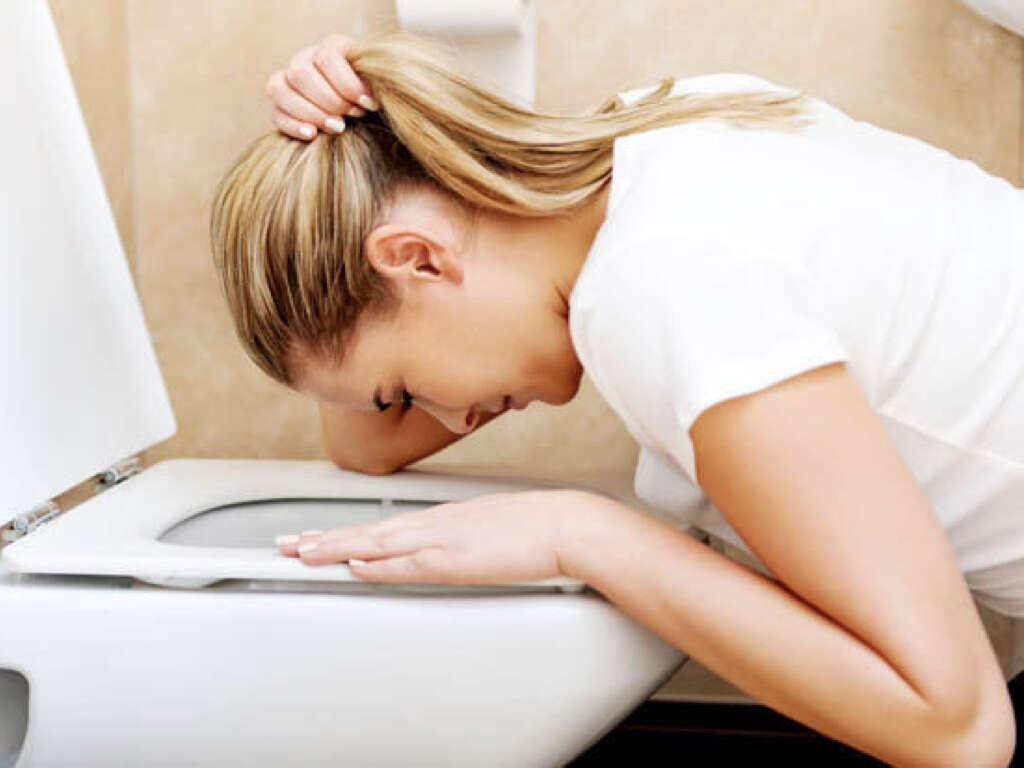
Symptom #1: Nausea
Nausea is not usually a sign of something serious and will usually pass without having done any harm. This is not always the case, though, as it can be a sign that you have an underlying problem that needs medical attention.
If you have cholecystitis, then nausea is commonly present. Nausea is also likely to lead to vomiting. A doctor may be able to prescribe something to help mitigate the symptom, and it should hopefully clear up altogether once the underlying cause has been dealt with.

Symptom #2: Diarrhea
Healthy stools should be reasonably solid, although this can vary depending on what you have been eating and drinking. If your stools are loose and watery, however, then this is a condition known as diarrhea. It is usually only temporary, but it can linger if it is caused by an underlying illness.
Although uncommon, if you have cholecystitis, then you can experience diarrhea as a symptom. Diarrhea is not necessarily dangerous in itself, but it can lead to dehydration. People that are particularly vulnerable such as the critically ill patients, immunocompromised patients, elderly and children should be monitored more closely.
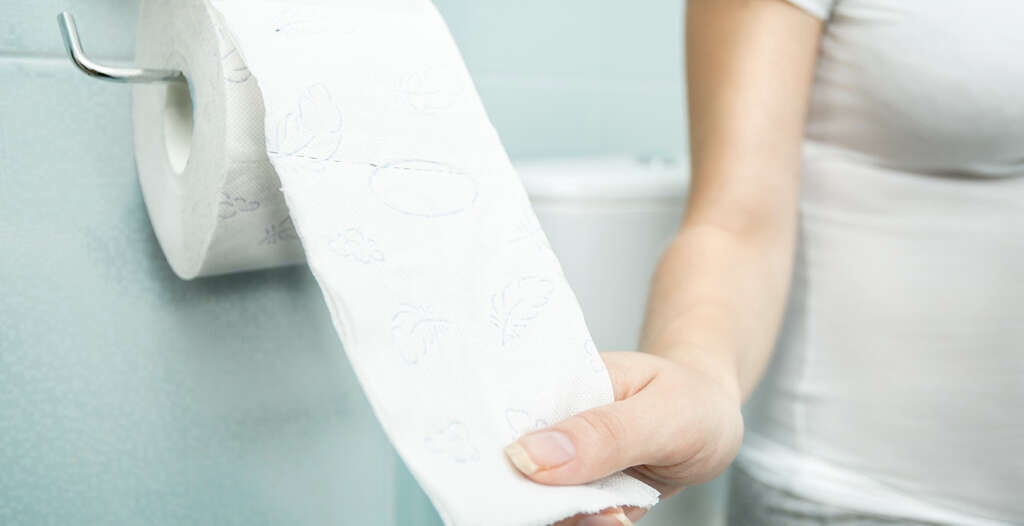
Symptom #3: Pain
Pain is arguably the most unpleasant single sensation we can experience, and for a very good reason. It tells us that something is wrong, and that we need to take action. If you have a persistent and/or severe pain in the abdomen area, you should immediately seek medical attention.
If your gallbladder is inflamed, then it is probably going to be rather painful. You will usually feel the pain in the upper section of your abdomen and to the right. Some patients will find that the pain can also spread to their upper back and their right shoulder. Initially the pain is described as colicky, and later it becomes constant in all cases. Most patients with cholecystitis can have a history of biliary colic and may believe they are in the presence of another episode. However, if severe abdominal pain persists for more than 6 hours, it is no longer considered a colic. In elderly patients, especially with diabetes, abdominal pain in cholecystitis may not be present.
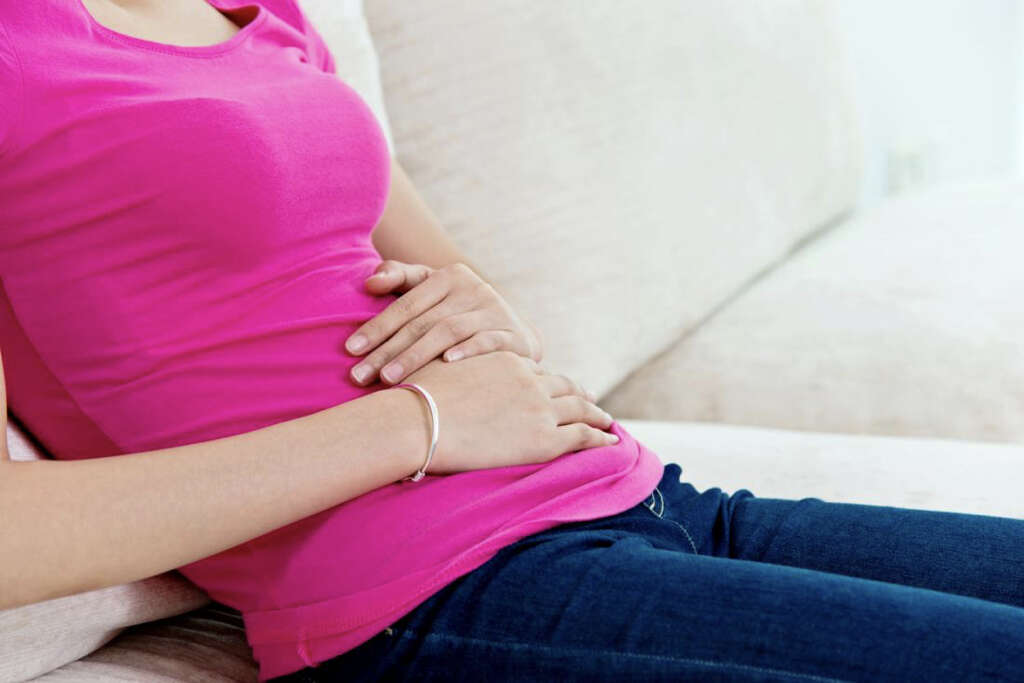
Symptom #4: Appetite Loss
Being hungry is basically your body telling you that it needs more fuel and other resources. A healthy appetite encourages us to eat all that we need, helping to keep us healthy and well. If we lose our appetite then it can affect our health overall, so it is something that we should take notice of.
If your gallbladder is inflamed, then you can find that your appetite will decrease. This can be due to the severe pain experienced by these patients and/or to the ongoing inflammatory process. If you experience other symptoms of gallbladder inflammation and notice that your appetite is decreasing, you should consult your physician.
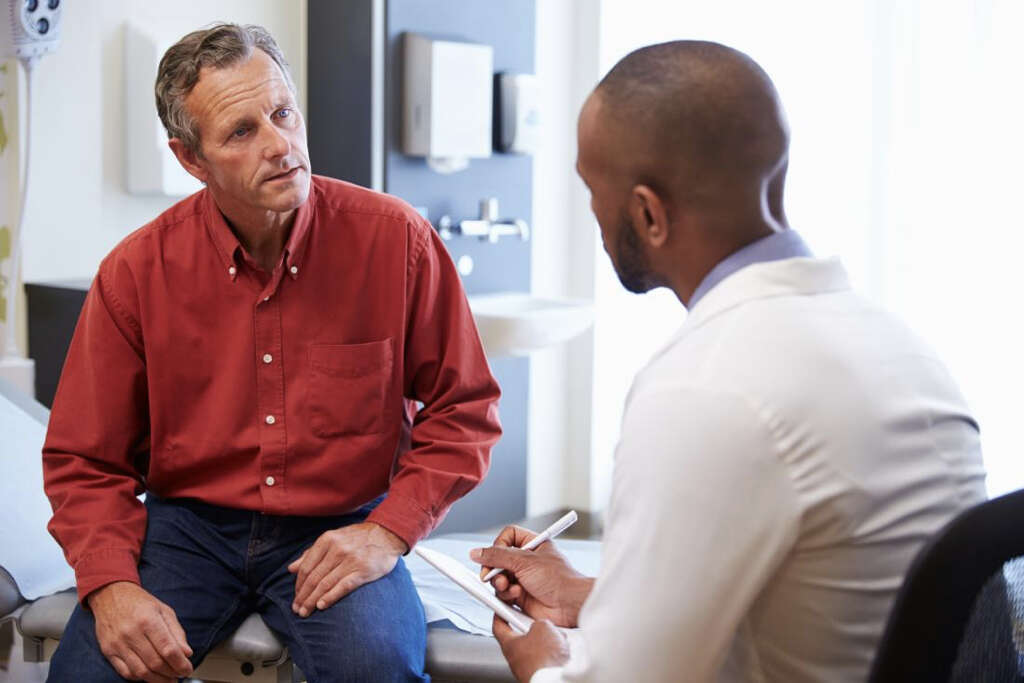
Symptom #5: Tachycardia
Tachycardia is when the heart beats faster than normal while at rest. The normal heart rate in an average individual is of about 60 to 100 beats a minute at rest.
Patients with acute cholecystitis may present with tachycardia and fever due to a secondary bacterial infection of the accumulated bile, or in response to a perforation of the gallbladder and consequent peritonitis. Without timely treatment, sepsis can develop. This is an excessive systemic response to an infection that can lead to tissue damage, organ failure, and death.
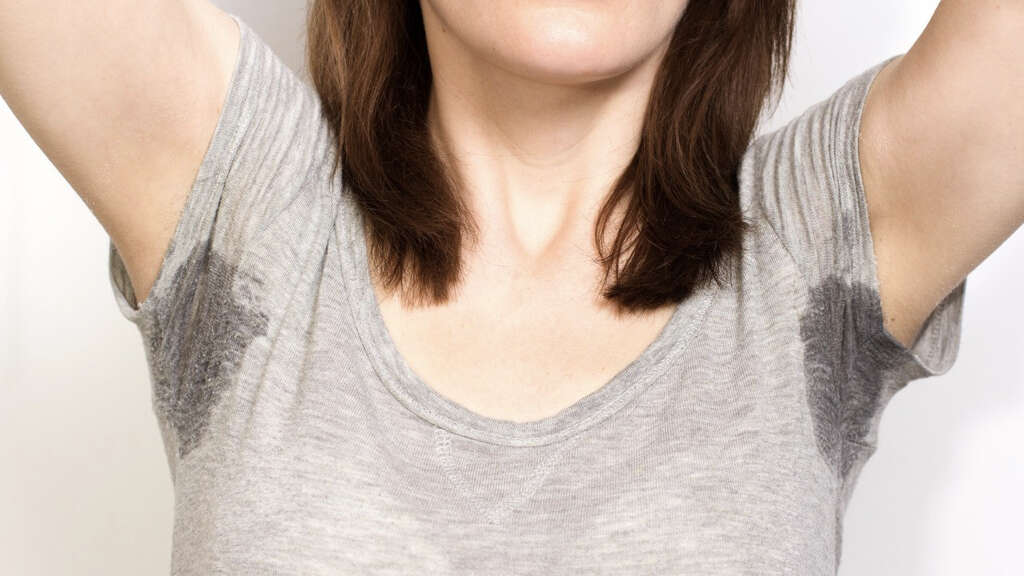
Symptom #6: Jaundice
Bilirubin is a substance that is made as a by-product of red blood cells being broken down by our livers. The bilirubin itself will also usually be broken down, while some of it will be stored in the gallbladder. If there is a problem with the gallbladder, such as a blocked bile duct, then the bilirubin can accumulate and end up in the bloodstream.
Bilirubin has a natural yellowish color and, when found in high quantities in the blood, it will give our skin and whites of the eyes a yellow discoloration (jaundice) and may cause itching all over the body. However, it is not a specific sign of biliary problems. Jaundice can be observed in approximately 15% of patients with acute cholecystitis. While jaundice in itself is not necessarily dangerous, it is a sign that there may be a serious underlying condition that needs to be treated.
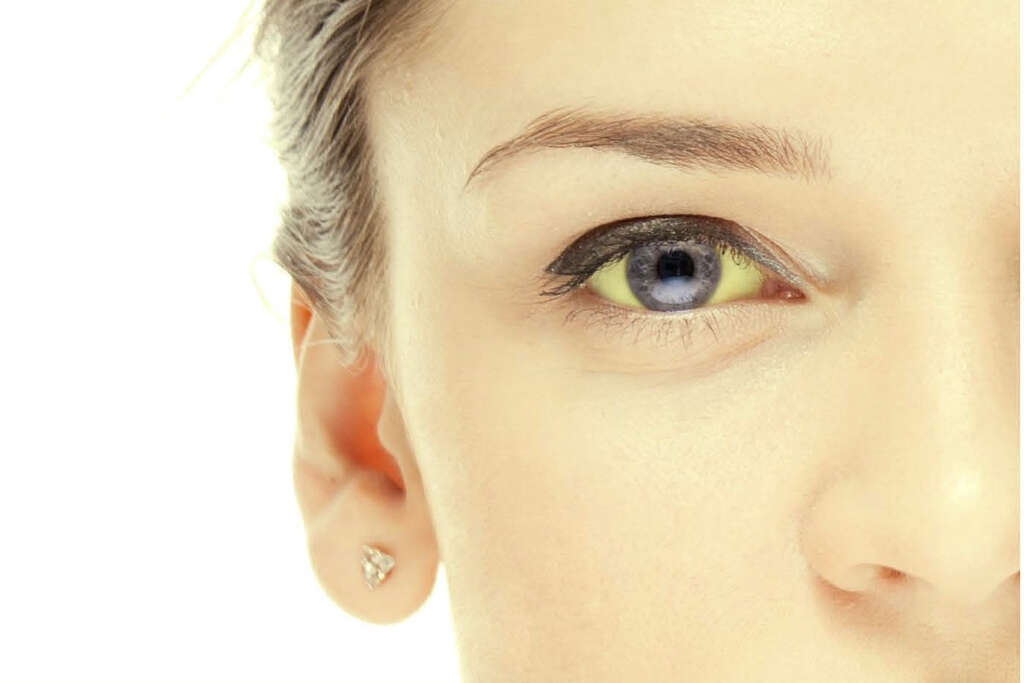
Symptom #7: Fever
Fever is technically any body temperature above the normal of 98.6 F (37 C). However, medically a person is considered to have a fever when the temperature is above 100.4 F (38 C). Fever can be a sign of infection or a product of the body’s response to inflammatory processes. If you have a fever, you are also likely to experience chills as they are a part of the same process.
Fever, usually low grade, is commonly seen in patients with cholecystitis. A high fever should raise the possibility of abscess formation, cholangitis or perforation of the gallbladder. However, it may not always be present, and the physician should not rely on the presence or absence of this sign in making the diagnosis of this disease. Furthermore, elderly (diabetics) and children may present without many of the classic symptoms, including fever.
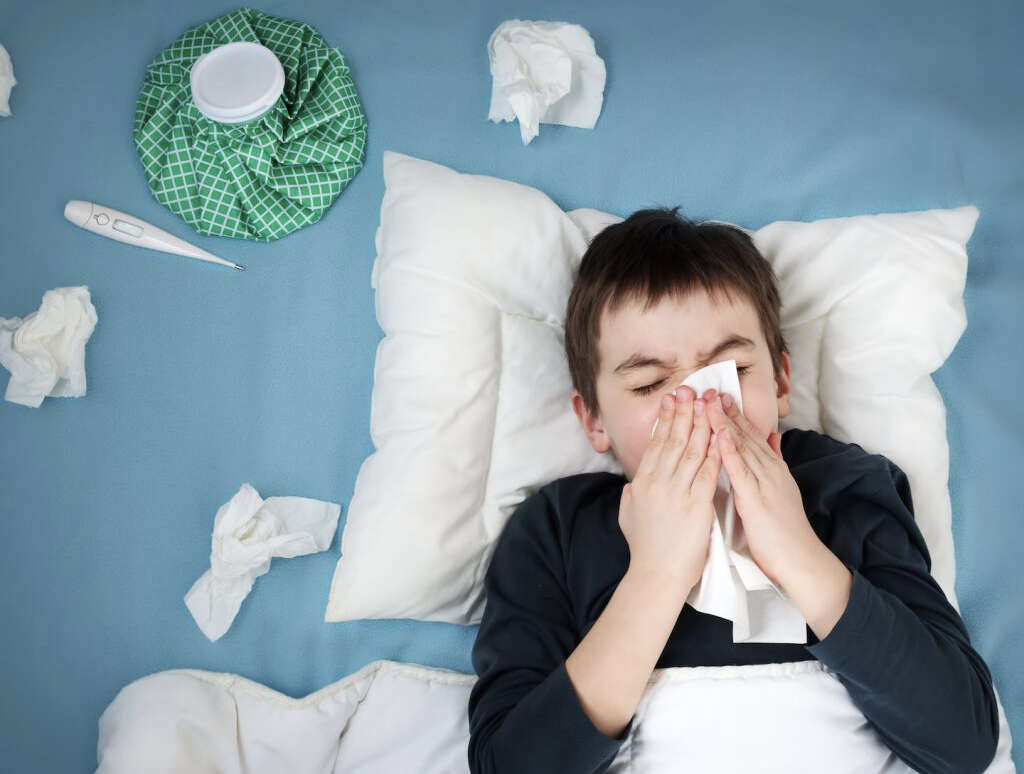
Symptom #8: Lighter Colored Stools
A healthy stool is usually a dark brown color, although this can change when you eat certain foods. The color comes mostly from bilirubin that is found in the bile that helps us to break down the food that we eat. If your stools are an unusual color, it could mean that all is not well with you.
Patients that have a gallbladder infection can find that their stools are a lighter color than usual. This is because the bile, and the bilirubin, is not making its way into the digestive system in the volumes it usually would. In some cases, your stools can be completely white.
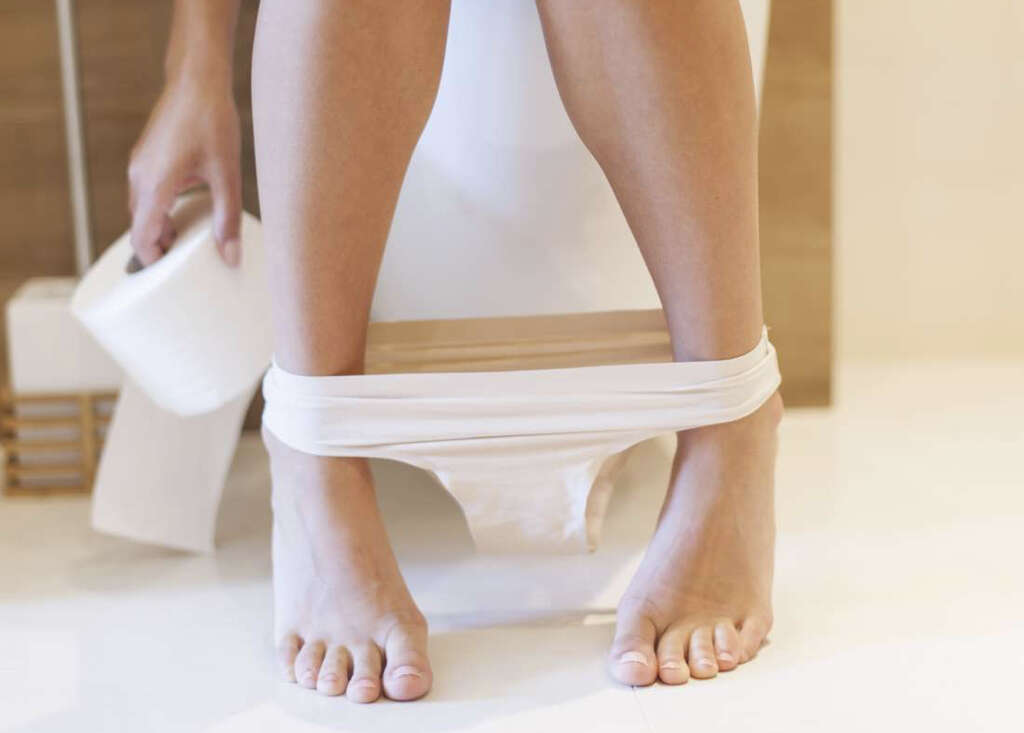
Symptom #9: Tenderness
As already mentioned, you are likely to be experiencing pain if you have a gallbladder inflammation. The pain can be quite severe in some cases, and it can often be felt regardless of what you are doing. However, tenderness is the pain or discomfort when the affected area is touched. Pain is patient’s perception, while tenderness is a sign that a physician elicits.
In cases of a gallbladder infection, patients can find that the right upper quadrant of the abdomen (RUQ) can be very tender to the touch. This can leave them wanting to sit or lay in positions that prevent contact with the area. To evaluate tenderness, the clinician may elicit the Murphy sign, which is a specific but not a sensitive physical sign for cholecystitis. It is described as tenderness and an inspiratory pause elicited during palpation of the RUQ. This sign helps the clinician evaluate if there is peritoneal irritation (lining of the inner wall of the abdomen and cover for abdominal organs) caused by the inflammation of the gallbladder.
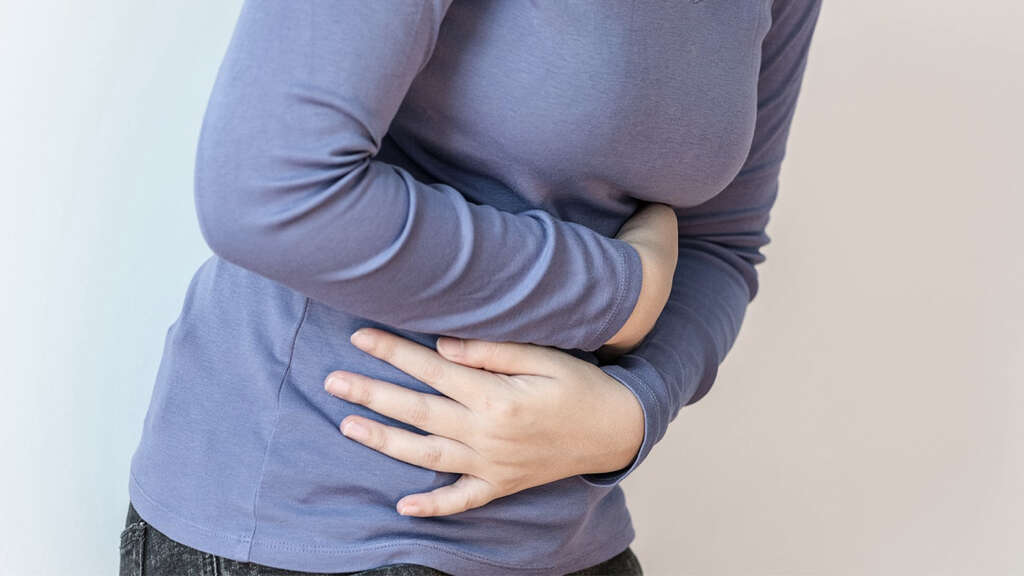
Symptom #10: Swollen Abdomen
Eat too much, and you are likely to find that your abdomen will expand. This is simply because it is holding more food, while it can also expand as gases are produced. This is something that will usually just pass with no damage being done, asides maybe from some embarrassing situations.
Not all swellings are down to being full, though. Patients with acute cholecystitis can experience abdominal fullness, especially in the RUQ. A palpable gallbladder upon physical examination is present in 30%-40% of cases. However, a palpable gallbladder may not be a frequent finding in patients with chronic cholecystitis. Other causes of a palpably enlarged gallbladder (non-tender), accompanied with mild jaundice, are possible malignancies of the gallbladder or pancreas. Therefore, you should get any swelling in the area checked out because it can be caused by a range of potentially serious conditions.
